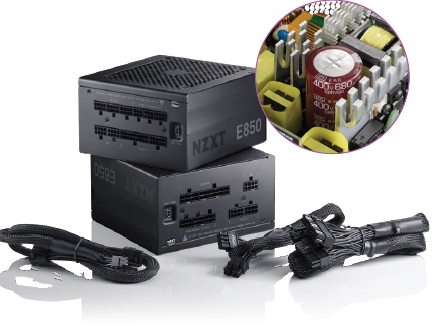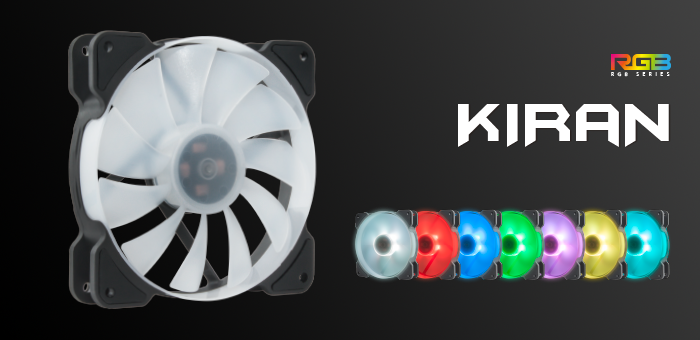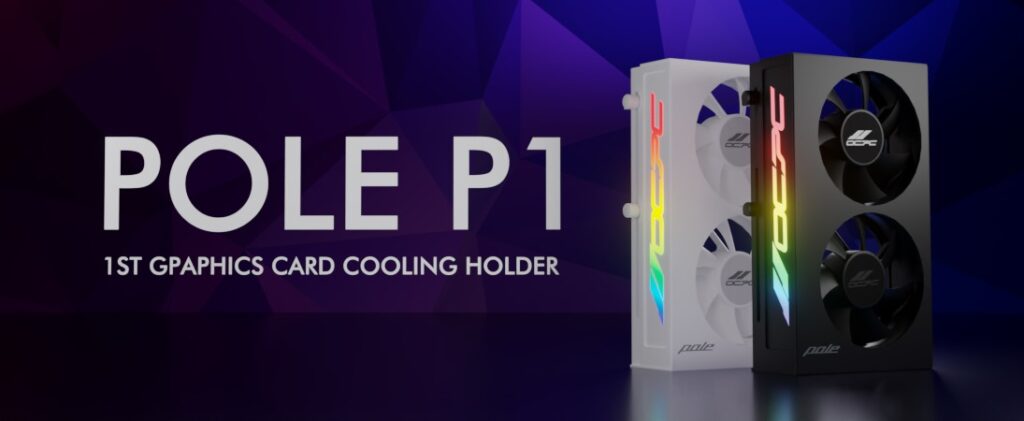The application of blockchain technology in cloud computing is one of the most significant and growing revolutionary breakthroughs. Many companies employ cloud storage and gain advantages from cloud computing. When this technology is put into the equation, the potential for safety across whole industry sectors increases.
Media coverage focuses mostly on virtual currency, which was developed using blockchain technology. However, the practical applications of this technology in cloud computing are far more important in terms of their capacity — the capacity to change massive quantities of data processing and documentary control in more efficient and safe methods.
Why Should Blockchain Technology Be Needed in Cloud Computing?
For the current generation of industrial applications, there are numerous characteristics of Blockchain, such as decentralization, transparency, and security. These characteristics have made it highly significant, like when you buy XRP. Some of the benefits include:
-
Using hyperledger blockchains in cloud computing
A type of Blockchain’ tech’ known as Hyperledger is developed as open-source software. This software was developed through a cooperative effort supported by The Linux Foundation. Distributed copies of a single blockchain record increase the difficulty of data manipulation exponentially. Peer-to-peer networks used for decentralized record-keeping produce a reliable audit trail.
These documents may be shared on the cloud via cloud computing. Several entities can keep identical copies or parts of them for audit confirmation. However, the users of the hyper ledger have no necessity or desire for privacy, unlike cryptocurrency. In reality, certain hyper ledger technologies allow for creating a small, recognized group of authorized users.
The benefit is that the central authority is aware of and in charge of all authorized users. However, consumers, not the centralized authority, are responsible for maintaining the hyper ledger blockchain via their efforts.
-
Improved ownership tracing
When this technology and cloud computing are combined, many prospects for effectively administering valuable items are created. Some of these valuable items are stock ownership, real estate titles, and legal agreements of all types.
The present antiquated stock transfer clearing procedure through a Depository Trust Company (DTC) takes three to six days to process. This process might be significantly accelerated with cloud computing technologies administering a hyper ledger system. For example, these transfers may take only a few microseconds using hyper ledger blockchains or cloud storage. There are already active Hyperledger initiatives to enhance this procedure.
-
Decentralization of the system
Pushing computers to their limits is an important trend. However, smart IoT devices don’t always need to connect to a centralized server to handle data and choices. For instance, a face recognition node may already have encrypted data about authorized users. Moreover, these would only need to connect to servers if a match was not made.
Up until the point where it must check for updates, a node can function autonomously. However, it is now simpler and quicker to access an official copy. Assessment is due to numerous copies of the face recognition information of authorized users being distributed to geographically varied cloud storage.
-
Enhanced information security
Point-to-point encryption aids in preserving the security of data both during storage and transmission. In addition, transactional blockchains are a safe means to maintain transaction data and transaction sequencing. The third degree of protection is reliable peer-to-peer dissemination of exact copies of the Blockchain over a cloud computing network.
A single-point data storage architecture, which has a larger chance of a data breach, is inferior to distributed data storage. Data files are divided into encrypted fragments and stored over several nodes, sometimes spread across several nations.
-
Enhanced security for private keys
Safeguarding any confidential keys from theft or illegal use is where the true dangers of encryption use lie. The confidentiality of private keys is enhanced by utilizing a cloud computing procedure that requires two-step verification for a transaction.
Unauthorized access is made more challenging by the two-step process’s one-time usage of verification replies. Security is further enhanced by employing cloud computing to conduct face recognition as the necessary identity to safeguard private keys.
-
Continuous audit trail
With blockchain technology, transactions are permanently recorded. Adding the proof of history (PoH) feature to this technology is one breakthrough. PoH utilizes a verified delay function. With no need for user trust, this gives the cloud computing system a record of time.
By adding a PoH function, the Blockchain offers a fixed timestamp on the transactional data. Furthermore, it has an audit trail of all activities in the right sequence.
-
Geo-independence
There is an opportunity to retain data in many physical places for people who implement cloud computing solutions abroad. A difficulty like a natural catastrophe is less likely to result in data loss or the suspension of services whenever the cloud technology network has sufficient cloud storage across several nations. This is done by switching to another system network node that is fully operational and transfers the processing burden.
By design, this technology is a distributed data system. Consequently, it’s a useful tool with cloud servers to boost geographical variety and network resilience.
-
Quicker recovery from disaster
Blockchain’ tech’ allows for the widespread distribution of transaction records. The fact that a blockchain is disseminated or made public to several authorized users makes it so helpful. Furthermore, the remaining versions of the Blockchain are completely unaffected by the failure of any one network node.
While any node is offline, the remaining nodes keep running and updating the Blockchain. Therefore, any network node that encounters a failure can quickly catch up to the present state of the blockchain database.
-
Microtransaction
The capability and utility of processing lower transactional quantities rise as the price of cloud computing services falls. As long as the transaction’s processing costs are lower than the reward, the rewards paid to blockchain networks are extremely few.
For instance, mining for Bitcoins has run into issues with processing expenses. As a result, mining bitcoins could be economically unviable in the cryptocurrency market. That’s if the price of the energy and output to mine Bitcoins is higher than the value of the Bitcoins.
To run applications, cloud technology is currently shifting away from the necessity to host a full virtual server. Instead, only the virtual servers must replicate the operating system’s fundamental functionalities for advanced cloud computing to process applications. The price of operating in cloud computing continues to drop due to this trend. Microtransactions are now more practical as a result.
Conclusion
In conclusion, cloud computing has a lot to gain from the Blockchain. It is a practical way to guarantee privacy and security in a cloud environment. The technology can also lower the expenses of using cloud resources. Furthermore, it gives users a platform to establish trust with one another.














